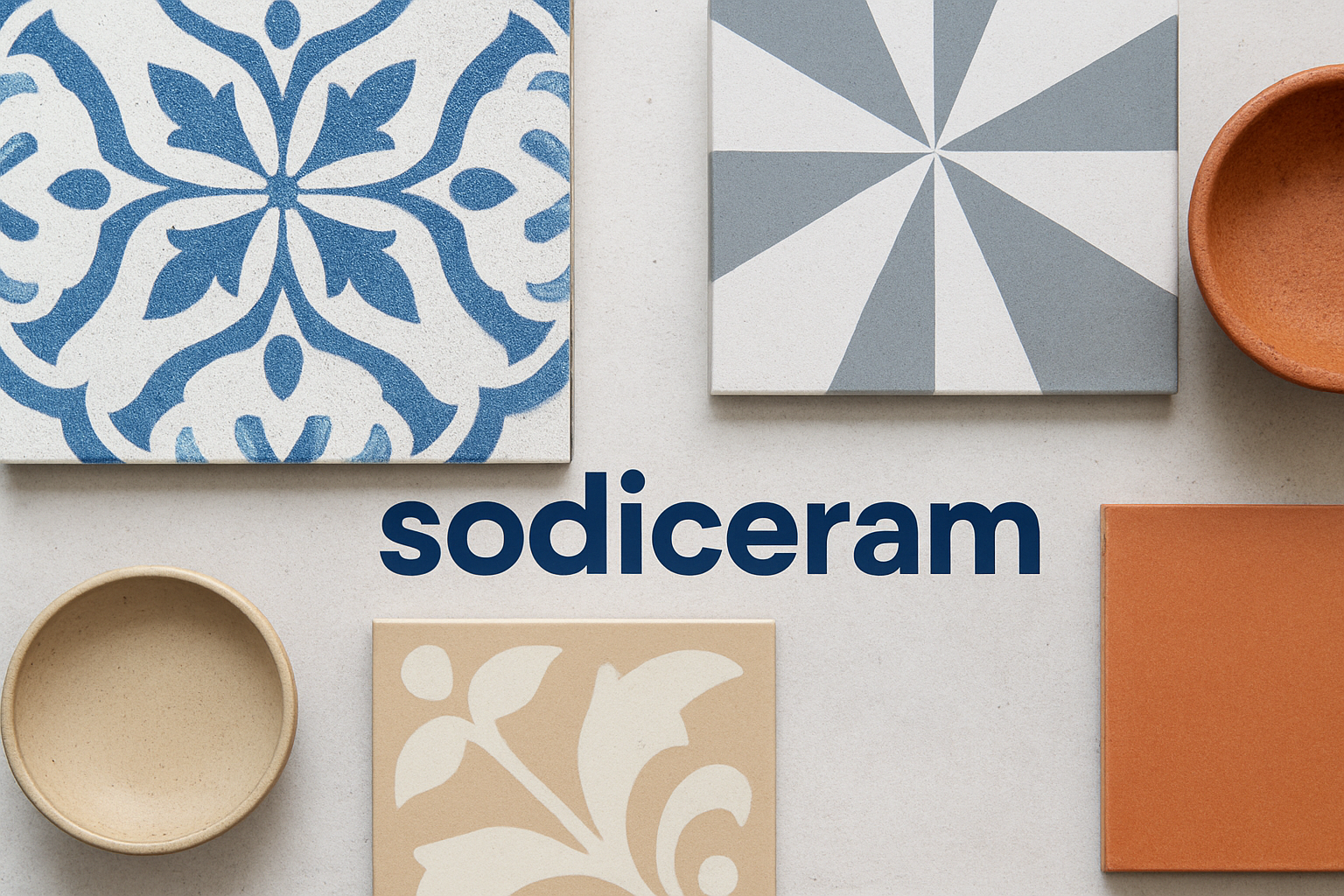ereWhen people think of ceramics, they often imagine pottery, tiles, or household dishes. Yet, ceramics cover a much wider area, touching architecture, technology, and even medicine. This is where sodiceram comes into focus. The name represents the connection between tradition and innovation, linking ancient ceramic techniques to modern uses. Understanding sodiceram is like exploring a bridge that connects the art of the past with the science of the future.
The Origins of Ceramics
Before diving into sodiceram itself, it is important to understand where ceramics began. Humans first discovered ceramics thousands of years ago. Clay was shaped into pots, bowls, and figurines. Then, when exposed to fire, the clay hardened into durable objects. Over time, people realized that ceramics could serve multiple purposes. They were used for cooking, storage, decoration, and even trade. This early discovery paved the way for today’s advanced ceramic technologies.
What Makes sodiceram Unique
sodiceram builds on this long history. Instead of sticking to just one area of ceramics, it blends creativity with innovation. Unlike traditional pottery makers, sodiceram focuses on creating designs that serve both functional and aesthetic purposes. On one hand, their products may include decorative tiles or household items. On the other, they may involve advanced materials used in construction or technology. This dual focus is what makes sodiceram different.
The Role of Design in sodiceram
Ceramics are not only about durability; they are also about beauty. With sodiceram, design takes a central role. Patterns, textures, and colors are chosen carefully to fit modern tastes. While traditional ceramics often relied on hand-painting and natural tones, sodiceram combines these with digital design tools. As a result, the final products appeal to both traditional and modern sensibilities.
Moreover, sodiceram pays attention to trends. Interior design constantly evolves, so ceramic makers must adapt. By offering unique styles that balance simplicity and elegance, sodiceram remains relevant in different markets.
Practical Uses of sodiceram
While beauty matters, function cannot be ignored. sodiceram products are designed to last. Tiles resist heat, stains, and moisture, making them perfect for kitchens and bathrooms. Decorative ceramics can brighten homes, restaurants, and hotels. In addition, ceramics are eco-friendly because they can be made from natural resources like clay and recycled materials.
Beyond home décor, sodiceram explores industrial uses. In construction, ceramics strengthen surfaces and provide insulation. In electronics, ceramic materials protect circuits. Th medicine, ceramic implants can replace bones or teeth. This versatility shows how ceramics stretch far beyond pottery.
sodiceram and Sustainability
Another reason sodiceram stands out is its focus on sustainability. Today, consumers demand products that do not harm the environment. Ceramics, when made responsibly, are long-lasting and recyclable. Unlike plastic, they do not release harmful chemicals into the environment.
sodiceram often incorporates recycled materials in production. Energy-saving kilns reduce emissions, while water recycling lowers waste. These choices help sodiceram maintain an eco-friendly identity. For younger generations, who care deeply about the planet, this approach makes ceramics even more appealing.
How sodiceram Balances Tradition and Innovation
A unique feature of sodiceram is its respect for tradition. While using modern tools, it does not ignore the craft’s cultural roots. Traditional pottery and designs often inspire new collections. In this way, sodiceram honors history while still moving forward.
For example, patterns inspired by Mediterranean tiles or Asian ceramics may be reimagined with bold, modern colors. This combination appeals to both those who love history and those who prefer innovation.
The Technology Behind sodiceram
Technology plays a huge role in modern ceramics. Advanced software allows designers to create patterns digitally before printing them on ceramic surfaces. 3D modeling helps test shapes before production. Kilns with precise temperature controls ensure that the final products are strong and consistent.
In addition, nanotechnology and advanced glazing techniques allow sodiceram to create ceramics that resist scratches, dirt, and even bacteria. This makes them practical not only for homes but also for hospitals and laboratories.
Global Reach of sodiceram
Ceramics are popular worldwide, and sodiceram has the potential to connect with global markets. In Europe, ceramics often highlight tradition and craftsmanship. In North America, people seek stylish yet functional tiles for modern homes. There in Asia, ceramics carry cultural significance and are tied to rituals. By blending modern design with durable quality, sodiceram appeals to all these audiences.
The Future of sodiceram
Looking ahead, sodiceram is likely to explore even more advanced applications. Imagine tiles that generate solar power or ceramics that clean themselves when exposed to light. These possibilities are being researched today. With the demand for smart homes and sustainable products, sodiceram is well-positioned to grow further.
Why sodiceram Matters to Everyday Life
At first, ceramics might seem like simple materials. However, they surround us in daily life. The coffee cup you hold, the bathroom tiles you step on, and even some parts of your smartphone rely on ceramics. By combining creativity, technology, and sustainability, sodiceram ensures these items are not only useful but also beautiful.
Conclusion
sodiceram represents more than just ceramics. It symbolizes the combination of art, science, and responsibility. From decorative tiles to advanced industrial uses, sodiceram stands as an example of how traditional crafts can evolve. By blending beauty, durability, and eco-friendly values, it makes ceramics relevant in a modern, fast-changing world.
For students, designers, or everyday users, understanding sodiceram offers insight into how innovation transforms even the oldest human inventions. Just as fire once changed clay into pottery, innovation now transforms ceramics into materials for the future.
